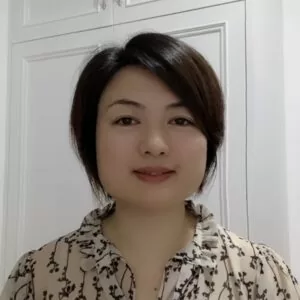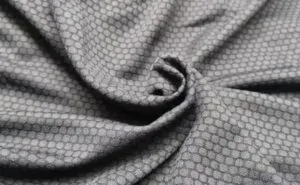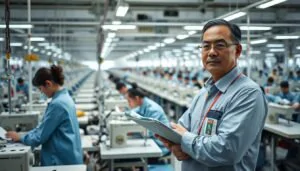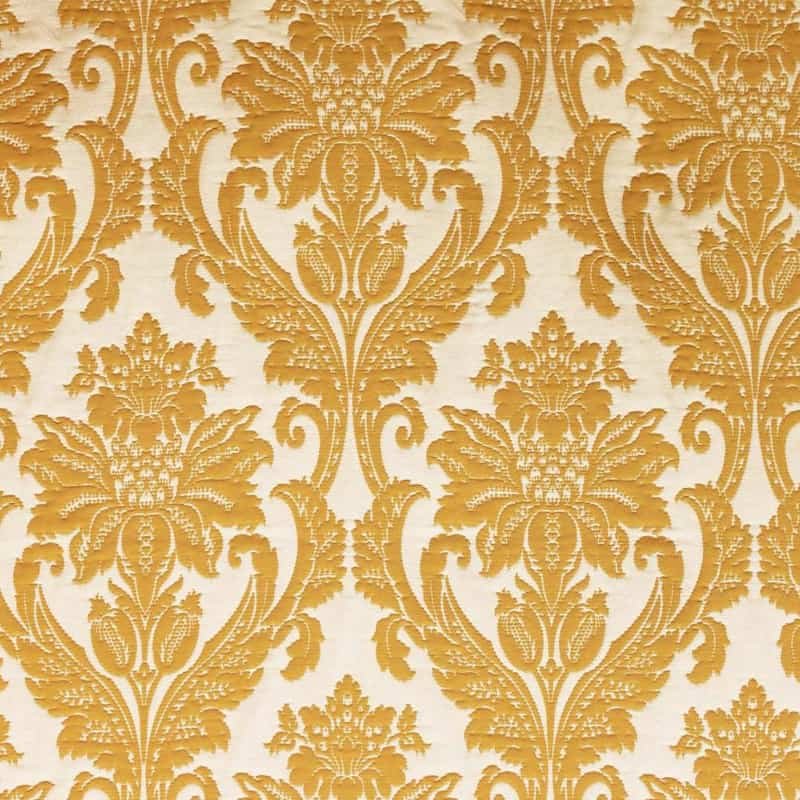
Jacquard fabric is a type of woven textile that is known for its intricate patterns and designs. It is created on a special loom that uses a series of punched cards to control the weaving process. The punched cards determine which threads are raised and which are lowered, allowing for the creation of complex, multi-colored patterns.
Jacquard fabrics can be made from a variety of fibers, including cotton, silk, wool, and synthetic materials. They are often used for high-end apparel, upholstery, and home decor, and are particularly popular for creating richly textured and ornate designs.
The name “jacquard” comes from the inventor of the loom, Joseph Marie Jacquard, who introduced the technology in the early 19th century. The jacquard loom revolutionized the textile industry, making it possible to create complex, intricate designs more quickly and efficiently than ever before. Today, jacquard fabrics continue to be prized for their beauty, durability, and versatility.
What are the common jacquard fabrics?
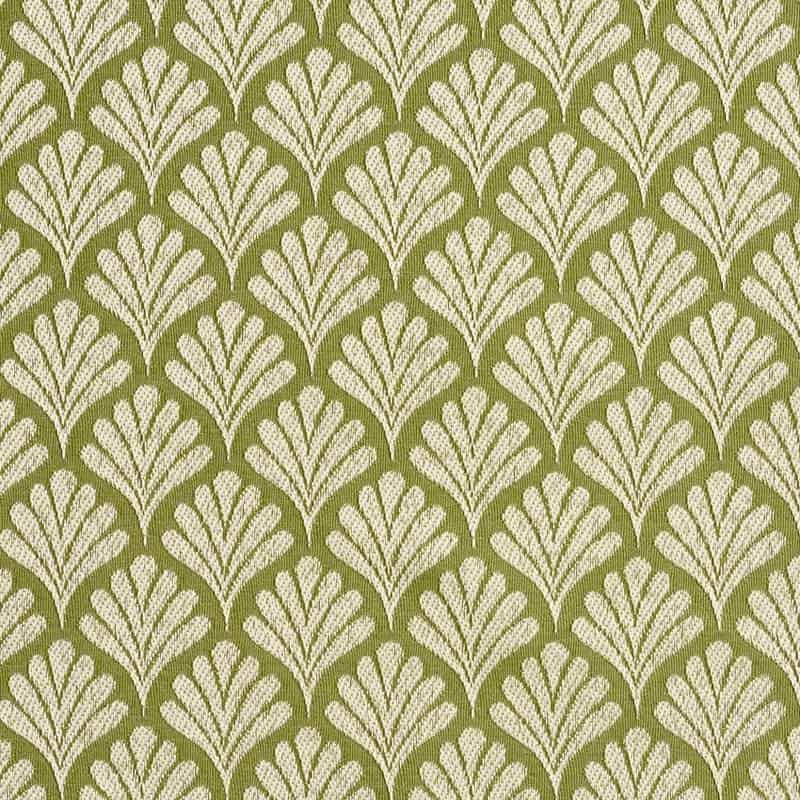
Jacquard fabrics are textiles that are woven with complex patterns or designs, often incorporating intricate details and multiple colors. The designs are created using a Jacquard loom, which allows for greater control and precision in the weaving process. Here are some of the most common types of Jacquard fabrics:
- Brocade: A heavy, richly patterned fabric that often includes metallic threads. Brocade is commonly used for upholstery and formal clothing.
- Damask: A reversible fabric that is often used for tablecloths, drapes, and upholstery. Damask features a variety of designs, including floral patterns and geometric shapes.
- Tapestry: A thick, durable fabric that is often used for wall hangings and upholstery. Tapestry features elaborate designs, often depicting scenes from nature or historical events.
- Matelassé: A thick, quilted fabric that is often used for bedding and upholstery. Matelassé features a raised, textured pattern that gives the fabric a three-dimensional appearance.
- Chenille: A soft, fuzzy fabric that is often used for upholstery and decorative pillows. Chenille features a raised, velvety texture and comes in a range of colors and patterns.
- Jacquard Knit: A type of knit fabric that is created using a Jacquard loom. Jacquard knit fabrics can be used for clothing and accessories, and are often used to create intricate designs and patterns.
There are many other types of Jacquard fabrics, each with their own unique features and uses.
What is the difference between jacquard and dobby?

Jacquard and dobby are both types of woven fabrics that are known for their intricate patterns and designs. While they share some similarities, there are also some key differences between the two.
The main difference between jacquard and dobby fabrics lies in the way the patterns are created. Jacquard fabrics are woven on a special loom that allows for the creation of complex, multi-colored patterns. This is achieved by using a series of punched cards to control the warp and weft threads, which allows for a high degree of design flexibility.
Dobby fabrics, on the other hand, are also woven on a special loom, but the patterns are created using a different mechanism. Dobby looms use a series of small, subtle geometric patterns that are repeated across the fabric. These patterns are created by selectively raising and lowering individual warp threads, which creates a raised texture on the fabric surface.
In terms of appearance, jacquard fabrics tend to have more elaborate and detailed designs, while dobby fabrics have more subtle and geometric patterns. Jacquard fabrics are often heavier and more durable than dobby fabrics, which makes them well-suited for upholstery and other heavy-duty applications. Dobby fabrics, on the other hand, are often lighter and more breathable, which makes them a popular choice for clothing and other lightweight applications.
What are the pros and cons of jacquard?

Jacquard is a type of fabric that is woven on a special loom called a Jacquard loom. The loom allows for intricate and complex patterns to be woven into the fabric, creating a wide range of design possibilities. Here are some pros and cons of jacquard:
Pros:
- Versatile: Jacquard can be made from a variety of fibers such as cotton, silk, and synthetic materials, making it a versatile fabric that can be used for a range of clothing and home decor applications.
- Aesthetic Appeal: The intricate patterns created by the Jacquard loom can give a unique and elegant look to fabrics, which can enhance the aesthetic appeal of clothing, draperies, and upholstery.
- Durability: Jacquard fabrics are often thicker and more durable than other types of fabrics. This makes them ideal for upholstery and home decor items that will be subject to heavy wear and tear.
- Texture: Jacquard fabrics often have a distinctive texture that can add interest and depth to the fabric, which can make it more visually appealing.
Cons:
- Cost: Jacquard fabrics can be more expensive than other types of fabrics due to the intricate weaving process required to create the patterns.
- Care: Some types of jacquard fabrics require special care instructions, such as dry cleaning or hand washing, which can be inconvenient and more expensive than standard laundry practices.
- Complexity: The intricate patterns and designs created by the Jacquard loom can make it difficult to match up seams and create symmetrical designs, which can increase the complexity of creating garments or home decor items.
- Limited stretch: Jacquard fabrics typically have limited stretch, which can make them less comfortable for clothing applications that require a high degree of stretch, such as sportswear.


